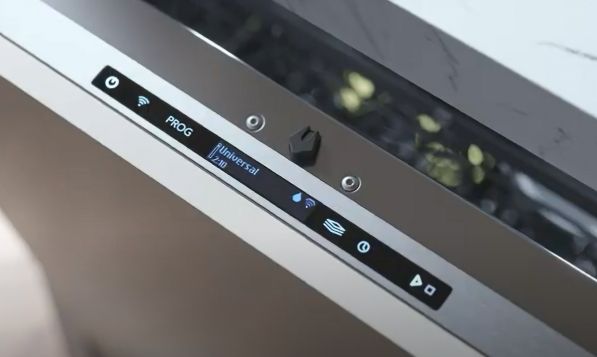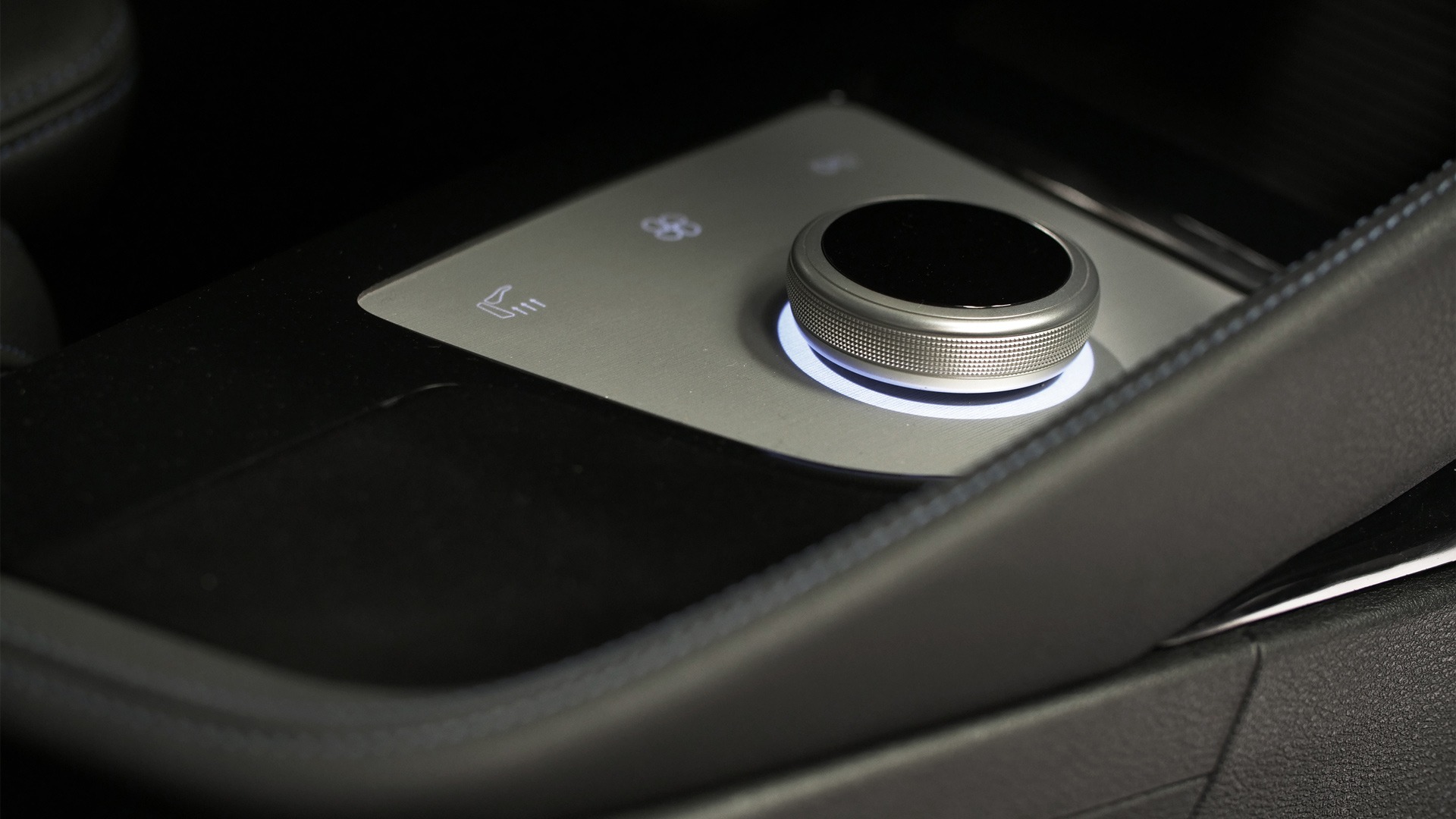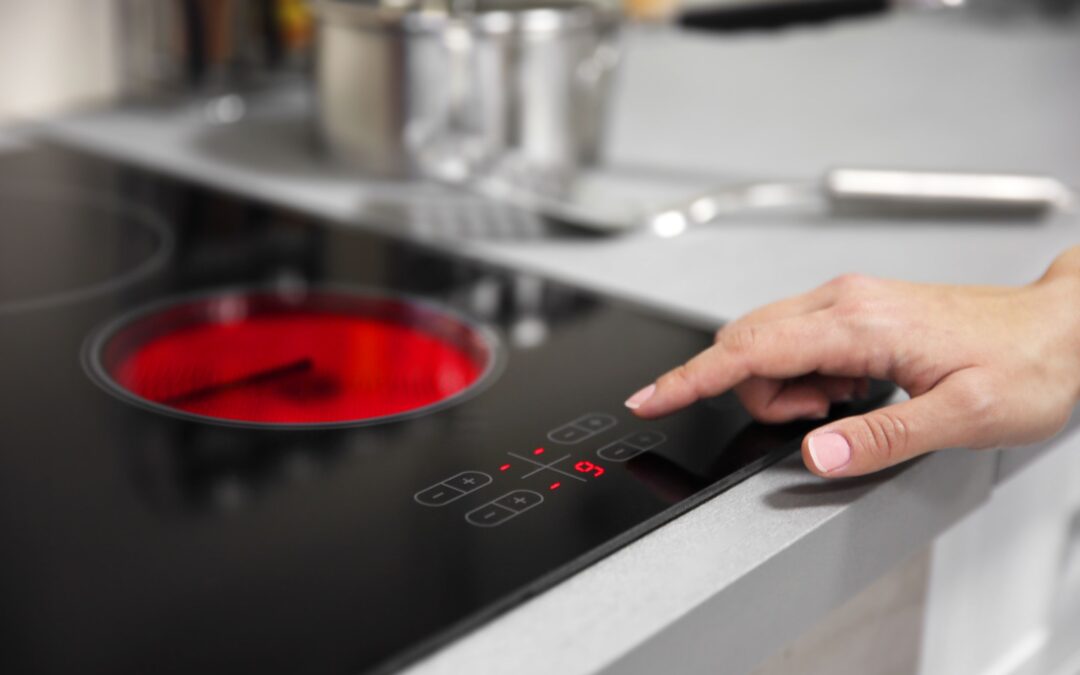The evolution of Human Machine Interfaces (HMI) is changing the way we interact with IoT devices and home appliances. Innovative touch technology is quickly replacing pushbuttons, keyboard, sliders and knobs, offering a smarter, more secure and intuitive user experience. Capacitive switches and conductive sensors have enabled touch panels to become the standard in smart homes.
There are many reasons for this trend towards capacitive touch technology. Primarily, users have become increasingly comfortable with touch screens through their daily use of PC tablets, car consoles, cell phone applications, ATMs, and more. It therefore makes perfect sense to extend their use to the smart home ecosystem and include touch technology in home automation devices, such as climate control and security systems, and smart home appliances, for example refrigerators, ovens and cooktops, thermostats, home entertainment systems and countertop appliances, such as coffee makers and food processors. Another reason contributing to this upward trend is the decrease in manufacturing cost due to increased production volume and continuous technological advances. In addition, both consumers, manufacturers and governments are looking to invest in more environmentally friendly electronics with a long lifespan and energy saving capabilities, which capacitive touch technology fits perfectly into.
Effective, effortless and user friendly interaction, adaptable design, and versatility are crucial to the success and widespread adoption of touch technology. When designing touchscreens, readability and visibility are also important factors. While Indium Tin Oxide (ITO) has been the standard alloy used for manufacturing clear, bright, LED-backlit capacitive switches, it has its limitations when it comes to design possibilities. With looks becoming an increasingly important factor for consumer goods, designers and engineers are therefore seeking alternatives that can offer the same level of conductivity, clarity, efficiency, and responsiveness but at the same time more freedom of design. This is where PEDOT can make the difference.
What is PEDOT?
PEDOT, short for poly3,4-ethylenedioxythiophene, is an organic material that is both conductive and transparent – a rare combination of properties. PEDOT is by no means new. It was invented in the late 1980s, when it was mainly used to prevent dust-attracting static from building up on photographic film (for movie theatres). The compound is still used for its anti-static properties, as this property is more important than ever in protecting electronic components and devices.
PEDOT, and more specific in a mix with sodium polystyrene sulfonate known as PEDOT:PSS, is also used in electrolytic capacitors, like those used in virtually every electronic device. More recent applications include OLEDs for displays and lighting, photovoltaics (converting and storing energy), smart glass/windows and, of course, capacitive sensors.
Advantages in design and performance
Transparency
PEDOT:PSS is both a conductor and transparent – a combination that makes it stand out among polymers. Unlike other conductors that tend to absorb photons and become opaque, PEDOT remains clear, allowing light to pass through flawlessly. It makes it a perfect choice for applications that involve both electrical circuitry and light, making it an ideal contender for organic LED diodes and solar cells. With its ability to provide an ultra-clear conductive layer on touch films, PEDOT:PSS rivals the traditional indium tin oxide alloy (ITO)
Cost-efficiency
Compared to the use of traditional ITO substrates, PEDOT-based capacitive sensor solutions will deliver measurable cost savings, while maintaining the same functionality, because they do not depend on the relatively scarce stock of indium (which is estimated to be limited to only 5 tons on Earth) and because PEDOT is applied in an additive process and thus overcomes the somewhat expensive and wasteful subtractive etching process for the circuitry that is used with ITO. On top of that the standard PSA (Pressure Sensitive Adhesive) is an effective application method for PEDOT, which eliminates the use of the more expensive OCA (Optically clear adhesive). The integration of the sensor doesn’t require any additional mechanical elements which also saves out on time and labour during the assembly process.
Liquid application
One of the other advantages of PEDOT:PSS is that it is colourless and water-soluble. It is readily available as a dispersible liquid polymer, so it can be applied as an ink through economic, scalable and efficient deposition processes such as roll-to-roll printing or sheet-to-sheet and screen printing directly over a substrate. When fully dried, the PEDOT layer remains exceedingly flexible. Combined with silver inks, it can be used to print entire electric circuitry. These printed flexible transparent conductive circuits can be as thin as 100 microns, and can be applied to both flexible and rigid bases, and on a wide range of translucent substrates, such as polyester, polycarbonate, PMMA and glass.
On the contrary to ITO compounds, that cannot be printed, PEDOT solutions are not brittle or inflexible; so as far as shapes and design possibilities are concerned, they are virtually limitless. The sensor technology can even be implemented on 3-D surfaces, allowing for very elaborate and novel shapes and designs.
Thermoelectric stability and humidity resistance
PEDOT technology is capable of handling high(er) temperature fluctuations than conventional sensor technologies, while maintaining good conductivity, and reacts well to changes in humidity. This is one of the many reasons why the PEDOT based technology is perfect for home appliances where heat plays an important role (such as kitchen cooktops), but also has great potential for wearables and e-textile applications.
In short
PEDOT-based capacitive sensors, with their remarkable performance, high customizability, and cost-effectiveness, easily integrate into modern appliance designs to enable space-saving backlighting techniques. They offer enhanced visibility, signal integrity and, thanks to their flexibility, the option to design ultra-thin, sleek and curved appliance surfaces – which makes them the perfect choice for state-of-the-art interfaces for smart home appliances for design-conscious consumers.
Quad’s commitment to quality and innovation in the field of HMI development, and our expertise in the field of printed electronics, has earned us the trust of many OEM’s. So, if you are looking to stay ahead of the curve in sensor technology, and are seeking for a partner for the development of an innovative PEDOT-based interface, look no further. As experts in connectivity, we welcome manufacturers to work with us at the earliest stages of product design to optimize engineering and production and create a custom design for a distinctive, successful product. Get in touch and let Quad Industries give you the edge you need.


